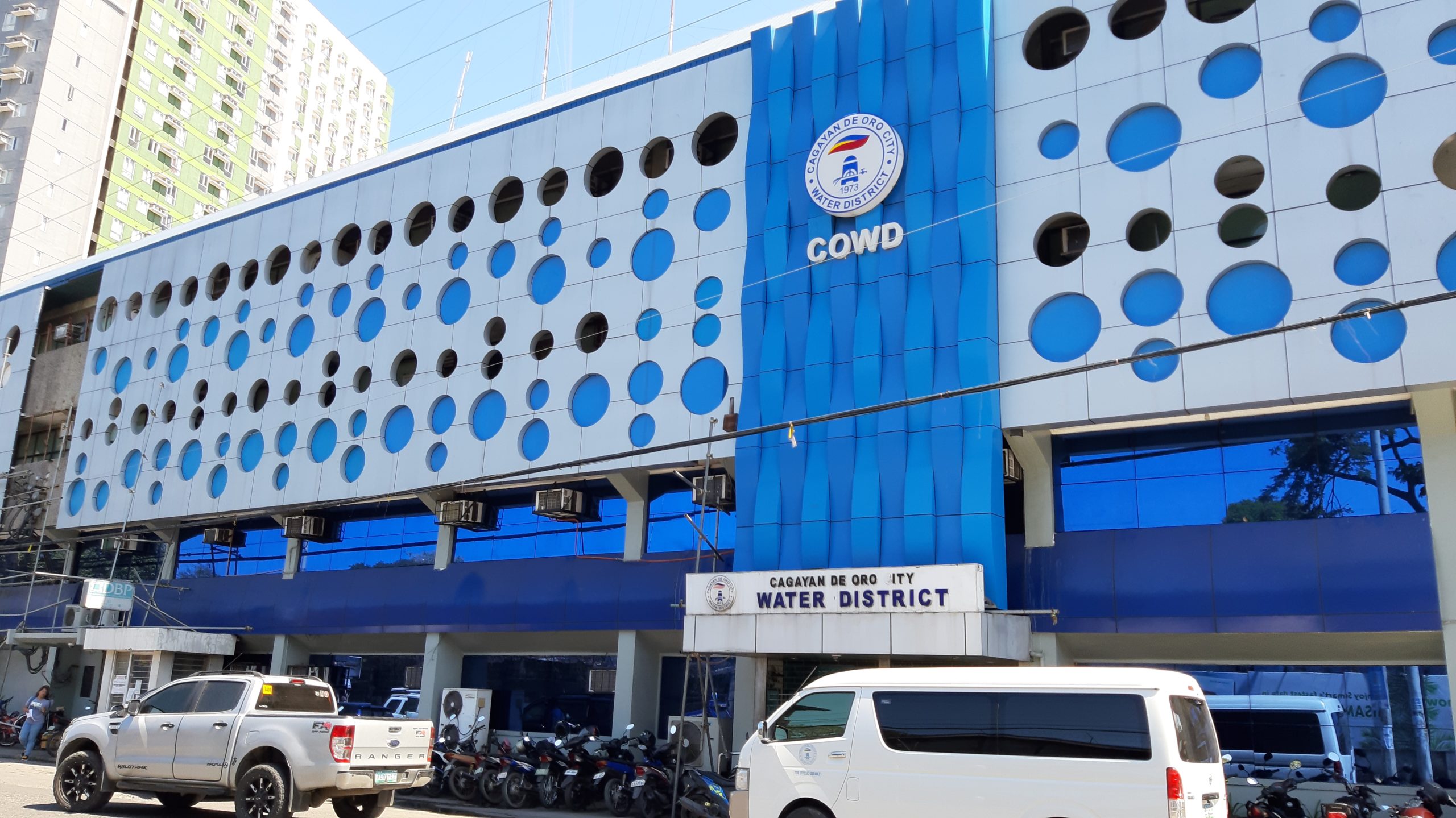Ian Alfredo Magno
IN litigations among contentious parties, the court’s prime objective is to serve justice. Necessarily, it must ferret out the truth to ultimately decide on the basis thereof. Hence, each party represented by counsel, is entitled to his day in court. In this vein, the Supreme Court promulgated procedures, which lay out an orderly sequence of stages. Mainly, it is to apportion each party’s day in court.
The judicial machinery is equipped with discovery mechanisms intended to obtain data from almost any source, except privileged matters, among others. The data may be obtained via admission of the parties, testimonies of witnesses or from object or documentary evidence. Nevertheless, it must necessarily withstand the stage designed to test its fitness to cast the truth. Thus, such juncture is called Trial.
Section 5, Rule 30 of the Rules of Court states: “Section 5. Order of trial. — … the trial shall be limited to the issues stated in the pre-trial order and shall proceed as follows:
“(a) The plaintiff shall adduce evidence in support of his complaint;
“(b) The defendant shall then adduce evidence in support of his defense, counterclaim, cross-claim…;
“… (e) The parties against whom any counterclaim or cross-claim has been pleaded, shall adduce evidence in support of their defense, in the order to be prescribed by the court;
“(f) The parties may then respectively adduce rebutting evidence only, unless the court, for good reasons and in the furtherance of justice, permits them to adduce evidence upon their original case; and
“(g) Upon admission of the evidence, the case shall be deemed submitted for decision….”
The mechanical progression is basically a fair and simplified guide for all involved. At the end of the day, however, the appreciation of facts and evidence rests upon the one who wields the gavel. Unfortunately, at times, technicalities get the best of substantive justice. In the case of Chan Kent vs. Micarez G.R. 185758 dated 9 March 2011, the Supreme Court emphasized: “Technicalities should take a backseat against substantive rights and should give way to the realities of the situation.
“… a party-litigant is to be given the fullest opportunity to establish the merits of his complaint or defense rather than for him to lose life, liberty or property on technicalities….”
In sum, a party’s “day in court” is put to naught if the ends of justice and fairness are swept over by technicalities. It must be recalled that procedures were installed to simplify the delivery of justice – not outweigh it.
(Atty. Ian Alfredo T. Magno is an associate at Atty. Francis U. Ku & Associates, and is deputy legal officer at Philhealth. E-mail: ianalfredom@gmail.com)
Disclaimer
Mindanao Gold Star Daily holds the copyrights of all articles and photos in perpetuity. Any unauthorized reproduction in any platform, electronic and hardcopy, shall be liable for copyright infringement under the Intellectual Property Rights Law of the Philippines.











